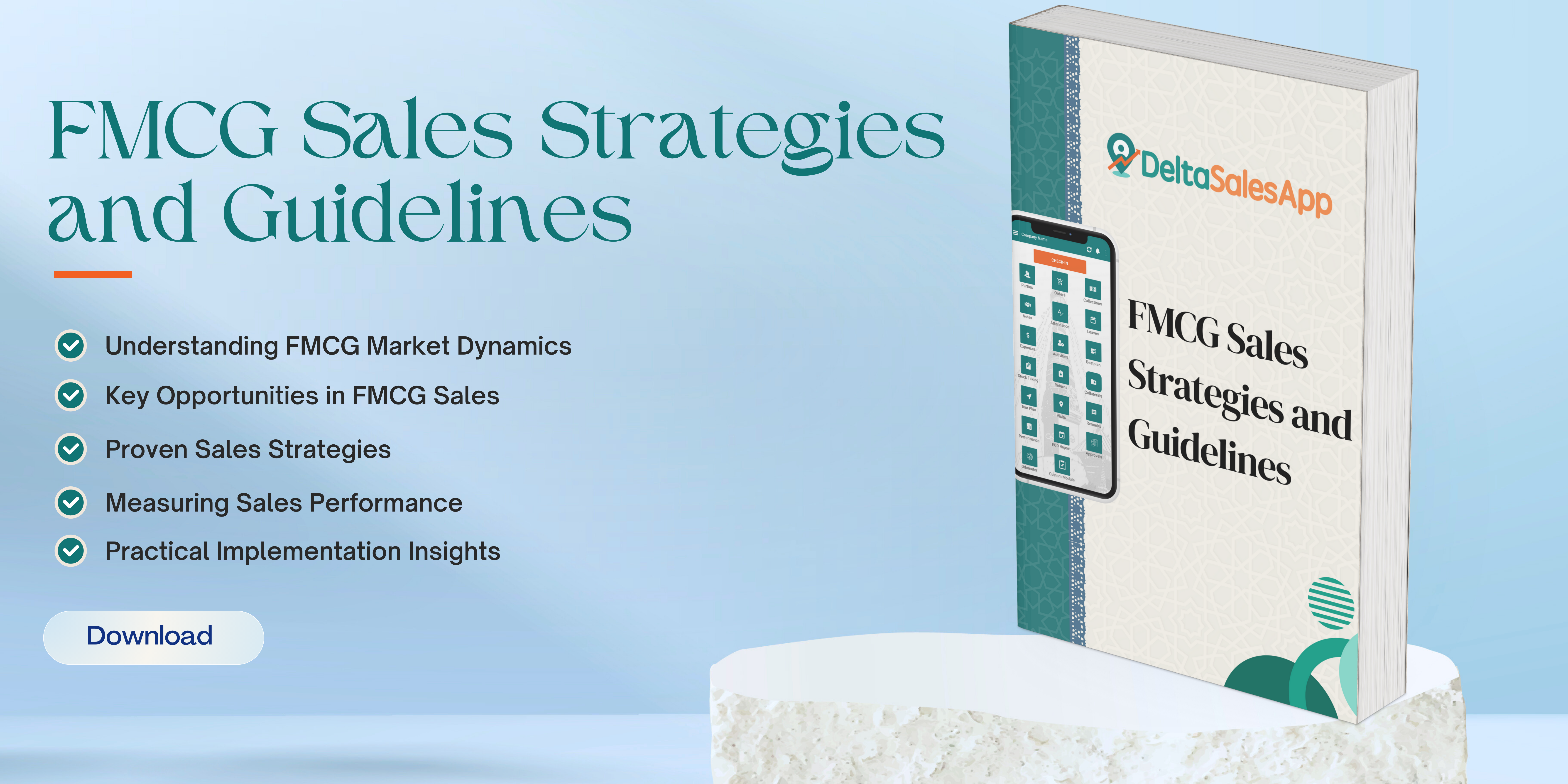Planogram Compliance
What is Planogram Compliance ?
Planogram compliance is a crucial aspect of retail operations, ensuring that products are displayed according to a predefined layout to maximize sales, enhance customer experience, and maintain brand consistency. A planogram is a visual representation or diagram that dictates the placement of products on shelves, considering factors such as space utilization, sales data, and customer purchasing behavior. Compliance with planograms helps retailers optimize inventory, reduce out-of-stock situations, and improve overall store performance.
Importance of Planogram Compliance
1. Maximizing Sales and Profitability
Proper planogram execution ensures that high-demand products are placed in strategic locations to attract customer attention. By following a well-structured planogram, retailers can enhance product visibility, influence purchasing decisions, and ultimately boost sales.
2. Improving Customer Experience
A well-organized store layout enhances the shopping experience, making it easier for customers to locate products. Planogram compliance ensures consistency across stores, leading to higher customer satisfaction and repeat visits.
3. Optimizing Inventory Management
When stores adhere to planograms, they can maintain better control over inventory levels. Proper shelf stocking minimizes overstocking and understocking issues, reducing waste and improving supply chain efficiency.
4. Enhancing Brand Consistency
For multi-location retailers, planogram compliance ensures uniform product presentation across all outlets. This consistency reinforces brand image and customer trust, helping retailers maintain a competitive edge.
Challenges in Achieving Planogram Compliance
Despite its benefits, achieving full compliance can be challenging. Common obstacles include:
1. Lack of Employee Training
Store employees may not fully understand the importance of planograms or lack the necessary training to implement them correctly.
2. Limited Shelf Space
Variations in store layouts can make it difficult to strictly follow planogram designs, leading to deviations in product placement.
3. Inventory Discrepancies
Inaccurate stock levels or supply chain disruptions can result in missing products, making it challenging to maintain compliance.
4. Manual Execution and Monitoring
Traditional methods of planogram execution involve manual checks, which can be time-consuming and prone to errors.
Strategies to Improve Planogram Compliance
To overcome these challenges, retailers can implement several strategies:
1. Leverage Technology and Automation
Retailers can use software solutions and image recognition technology to automate planogram compliance checks. These tools enable real-time monitoring and reporting, reducing human errors and increasing efficiency.
2. Conduct Regular Audits
Periodic audits ensure that planograms are correctly implemented. Using store visits, photographic evidence, and AI-driven tools, retailers can verify compliance and address issues promptly.
3. Employee Training and Engagement
Providing regular training sessions on planogram execution can empower store employees to follow guidelines effectively. Incentivizing compliance through rewards or recognition can further enhance adherence.
4. Collaboration Between Merchandisers and Store Teams
Retailers should encourage collaboration between planogram designers, store managers, and merchandising teams. Open communication ensures that practical challenges are addressed and solutions are implemented.
5. Utilize Data Analytics
Analyzing sales data and customer behavior can help retailers refine planograms for better performance. AI-driven insights can optimize shelf placements based on real-time demand and purchasing trends.
Conclusion
Planogram compliance is essential for driving sales, improving customer experience, and ensuring operational efficiency in retail stores. While challenges exist, leveraging technology, regular audits, and employee training can significantly enhance compliance rates. By adopting best practices, retailers can create a visually appealing, customer-friendly, and profitable store environment, ultimately contributing to sustained business growth.






